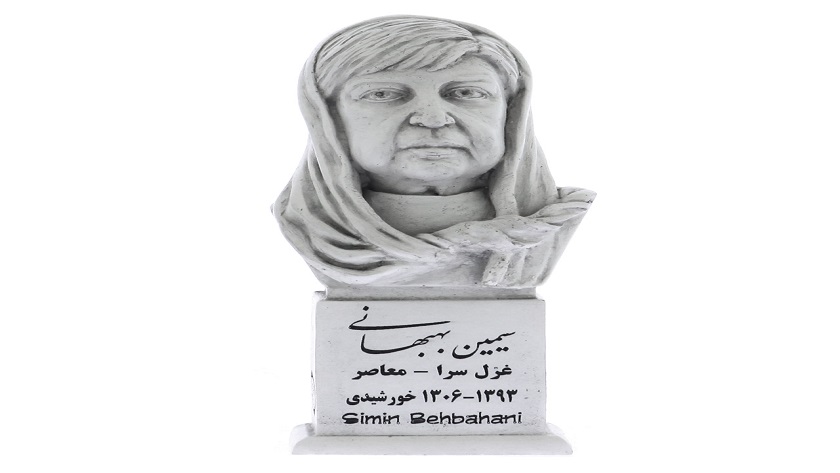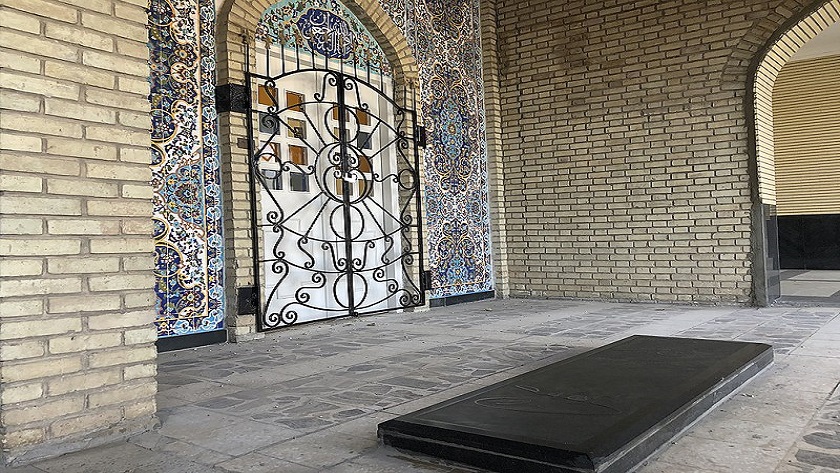Iran Press/ Iran News: Simin Behbahani is one of the most prominent figures of modern Persian literature and one of the most outstanding among contemporary Persian poets. She is one Iran’s contemporary national poets. Her poems are quoted like aphorisms and proverbs.
Simin Behbahani is one of top 4 contemporary female poets of Iran along side of Parvin Etesami, Forough Farokhzad, and Tahereh Safarzadeh.
 Behbahani was innovator in modern persian literature
Behbahani was innovator in modern persian literature
Biography
Simin Behbahani (Khalili) was born on 20 June 1927 in Tehran, Iran, of literary parents. Her father, Abbas Khalili, writer and newspaper editor, had tens of publications to his credit. Her mother, Fakhr Ozma Arghoon (Fakhr Adel Khalatbari), was a noted, teacher, writer, newspaper editor, and a poet.

Simin Behbahani began writing poetry at the age of fourteen and published her first poem at same age. She used the “Char Pareh” style of Nima, a renowned poet of Persian history, and subsequently, turns to “Ghazal”, a free flowing, and poetry style similar to the Western “Sonnet”. She contributed to a historic development in the form of the “Ghazal”, as she added theatrical subjects, and daily events and conversations into this style of poetry.
 Behbahani revived Ghazal in temporary poetry
Behbahani revived Ghazal in temporary poetry
Literary significance
The Ghazals of Simin Behbahani are a unique style, which defines her as a one and only, and well distinguished in her style of poetry. Simin Behbahani has expanded the range of traditional Persian verse forms and produced some of the most significant works of Persian literature in the twentieth century. While many poets of her time embraced free verse, Behbahani’s signature writing focused on the traditional ghazal form and took it to new lyrical heights with a modern twist in perspective and voice.
She was nominated for the Nobel Prize in Literature in 1997, She was also awarded a Human Rights Watch-Hellman/Hammet grant in 1998, and similarly, in 1999, the Carl von Ossietzky Medal, for her struggle for freedom of expression in Iran.
Related article: Attar of Nishapur; What Iran is known for
Among her volumes of poetry were Jay-e pa (1954; “Footprint”), Chelcheragh (1955; “Chandelier”), Marmar (1961; “Marble”), Rastakhiz (1971; “Resurrection”), Khati ze sor’at va atash (1980; “A Line of Speed and Fire”), Dasht-e Arzhan (1983; “The Plain of Arzan”), Kaghazin jameh (1989; “Paper-Thin Vestment”), Yek daricheh azadi (1995; “A Window to Freedom”), Kelid-o-khanjar (2000; “Key and Dagger”), and Tazetarinha (2008; “The Latest”). Some of her works are translated to English.
 Simin Behbahani's tomb
Simin Behbahani's tomb
On August 6th, 2014 Simin Behbahani was hospitalized in Tehran’s Pars Hospital. She was in coma from 6th August until her death on August 19th, 2014. Her funeral took place on August 22 and she was buried at Behest Zahra cemetery in Tehran.
Read More:
Al- Khwarizmi; What Iran is known for
Mulla Sadra; What Iran is known for
Ashkan Salehian

